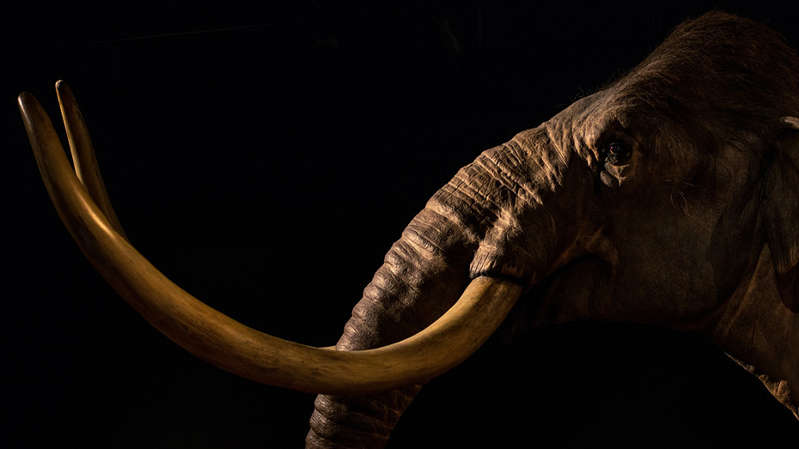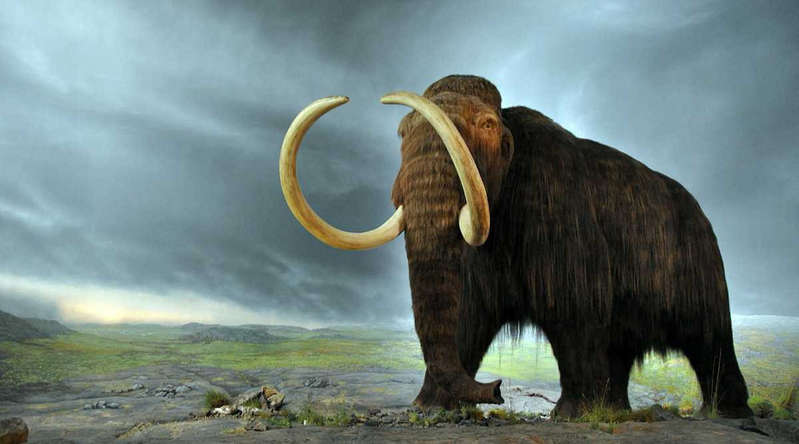
A month ago, Colossal announced a landmark project to revive the woolly mammoth that went extinct about 10,000 years ago. A team of scientists led by George Church, a geneticist at Harvard Medical School, uses genetic engineering to create an ancient mammal. The company received $ 15 million in funding for its project.
The team plans to modify the living Asian elephant and have selected over 50 traits that will improve its cold resistance. These include shaggy hair, small ears, excess production of adipose tissue, and others. The idea is to insert them into the genome of an Asian elephant using CRISPR technology. The team will then create an embryo bearing the features of a woolly mammoth. The embryo will be implanted into a surrogate African elephant. Pregnancy will last about 18-22 months, and the hybrid “Arctic elephant” will be born.
Colossal explains the need for this project on its website. One of the main goals of the mammoth revival is to transform the scrubbed forests of the Tundra into natural arctic meadows, which will help reduce carbon emissions, restore the steppe ecosystem and help “reverse global warming.”
However, the question of where the new population of mammoths will be planted remains open, because the ancestors of the modified elephants were inhabitants of a very special landscape – the tundra steppe, which actually disappeared after the glaciers melted. However, in the Pleistocene Park of Yakutia, they have already announced their readiness to adopt new “pets”.

Dr. George Church told IndianExpress that it would take about 100 Arctic elephants to reach the target. The first generation of reborn mammoths can be seen in four to six years.
“We think that many applications of multiplex editing technology will emerge from these synthetic queens that can be used to protect endangered species,” he added.
Professor Adrian M. Lister, from the Anthropology Department of the Natural History Museum in London, told the IndianExpress that the development would raise many ethical questions because “we are talking about a very intelligent, social animal, not a laboratory-grown fly or worm.”

